Sugar and dates in comparison: More than just sweetness
Sugar is a term that encompasses many different types of sugar. Classic household sugar consists of sucrose, a disaccharide, and is obtained from either sugar beet or sugar cane. Different types of sugar differ in their sweetening power. Sucrose is considered a reference value with 100% sweetening power. In comparison, grape sugar (glucose) has a sweetening power of 70%, fruit sugar (fructose) around 120% and lactose only 30%.(1)
Sugar comes in many forms and is used for different purposes. Classic white sugar, brown sugar, sugar cubes, powdered sugar, rock candy and sugar granules are just a few of the varieties. Sugar is produced in a multi-stage process: first, the sugar beet is crushed, then the raw juice is extracted, cleaned and concentrated. Finally, the sugar is crystallized, which can be done several times depending on the degree of purity.(1) Sugar is used in food production not only to sweeten products, but also to keep them fresh and round off flavors, as well as to stabilize and preserve foods.(2)
Dates: The natural sweetness

Dates, on the other hand, are the fruit of the date palm and are harvested when they are ripe. After harvesting, they are cleaned, sorted and freed of insects. Then they are washed and sorted again before being treated with heat. Drying allows the moisture content in the dates to be adjusted. They are then pasteurized and packaged.(3)
Fresh dates have a high content of phenolic compounds, antioxidants and carotenoids. During the drying process, antioxidants and carotenoids are lost, but more phenols are formed. Fresh dates have a higher moisture content and therefore a lower sugar content. In dried dates, the ratio is reversed and the sugar content is higher.(3)
In addition to dried and fresh dates, there are many other date products, including date paste, date powder, date syrup, date juice, liquid date sugar, and date-based jams and confectionery. Processing produces by-products such as date pits or press cakes, which can be used to make alcohol or animal feed.(3) Dates are very high in energy, with almost 300 kcal per 100 g. However, they contain not only sugar, but also a lot of fiber, B vitamins and minerals such as potassium and magnesium. Dates provide the body with more than ten minerals. 100 g of dates cover over 15% of the recommended daily requirement of these minerals. In addition, dates contain the amino acid tryptophan, which is converted in the body into melatonin, the sleep hormone, and can therefore help you fall asleep.(4)
Nutrient comparison: sugar vs. dates
Compared to sugar, dates offer a significant added value in terms of nutrients. Table sugar consists almost entirely of carbohydrates, or more precisely sugar, and provides over 400 kilocalories per 100 g. The few other nutrients it contains, such as calcium, potassium and iron, are present in very small quantities. (Tab.1) Table sugar mainly contains sucrose, glucose and fructose, which are quickly digested as short-chain sugar molecules. This leads to a rapid rise in blood sugar levels, followed by a rapid fall, which often leads to cravings.(2)
In contrast, dates offer a wider range of nutrients. In addition to sugar, they also contain protein, fat and a relatively high fiber content. (Tab.1) The fiber in dates increases the volume of food and ensures that you feel full for longer. As a result, blood sugar levels rise more slowly and fall more gently, which provides the body with energy more evenly.(2) Dates are also rich in micronutrients such as vitamin C and vitamin A. Dried dates contain four times as much vitamin A as fresh dates. Minerals such as calcium, potassium, phosphorus and magnesium are also present in larger quantities in both types of dates. The sodium content in dried dates is seven times higher than in fresh dates.(Tab.1)
|
Groceries |
Raw dates |
Dried dates |
Sugar white |
|
Quantity (g) |
100 |
100 |
100 |
|
Energy (kcal) |
280.6 |
278.4 |
405.6 |
|
Protein (g) |
2 |
1.9 |
- |
|
Fat (g) |
0.5 |
0.5 |
- |
|
Carbohydrates (g) |
65 |
65.1 |
99.8 |
|
Total sugar (g) |
63 |
65.1 |
99.8 |
|
Dietary fiber (g) |
8.7 |
8.7 |
- |
|
Vitamin C (mg) |
3 |
3 |
- |
|
Vitamin A (µg) |
6 |
25 |
- |
|
Niacin (mg) |
2 |
1.9 |
- |
|
Calcium (mg) |
65 |
63 |
1 |
|
Potassium (mg) |
650 |
650 |
2 |
|
Magnesium (mg) |
50 |
50 |
- |
|
Iodine (µg) |
1 |
1 |
- |
|
Iron (mg) |
1.9 |
1.9 |
0.3 |
|
Zinc (mg) |
0.3 |
0.4 |
- |
|
Sodium (mg) |
5 |
35 |
- |
|
Phosphorus (mg) |
60 |
57 |
- |
|
Copper (mg) |
0.3 |
0.3 |
- |
conclusion
Commercially available sugar consists mainly of sugar. Dates also consist largely of sugar, but this is broken down more slowly, which leads to a gentler rise and fall in blood sugar levels. This prevents cravings. Dates also offer many other health-promoting ingredients. In addition to antioxidants and phenols, they are rich in micronutrients such as magnesium, potassium and phosphorus. In contrast to sugar, dates are therefore real nutrient packages. Why not try our organic chocolate drink ? or our nut creams because they are sweetened purely with healthy dates.
Sources
(1) Maschkowski, G., Lobitz, R., Rempe, C. (2022). Sugar. BfE. [online] https://www.bzfe.de/lebensmittel/lebensmittelkunde/zucker/ [last accessed: 21.12.2023]
(2) Consumer Center. (2023). What is sugar and how much is allowed? Consumer Center. [online] What is sugar and how much is allowed? | Verbraucherzentrale.de [last accessed: January 16, 2024].
(3) Ashraf, Z., Hamidi-Esfahani, Z. (2011). Date and date processing: a review. Food reviews international, 27(2), 101-133.
(4) Kreutz, H. (2023). Dates for sweet and savory dishes. Federal Center for Nutrition (BZfE). [online] Dates for sweet and savory dishes- BZfE [last accessed: January 16, 2024].
(5) Al-Farsi, MA, Lee, CY (2008). Nutritional and functional properties of dates: a review. Critical reviews in food science and nutrition, 48(10), 877-887.

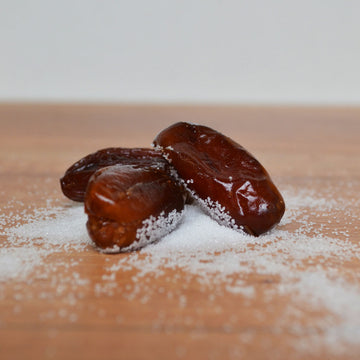




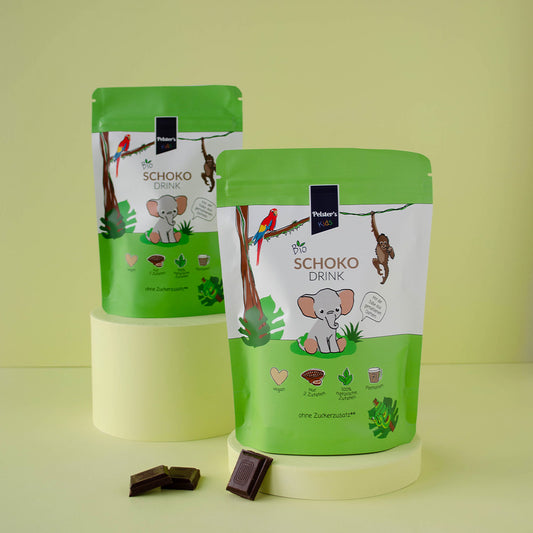

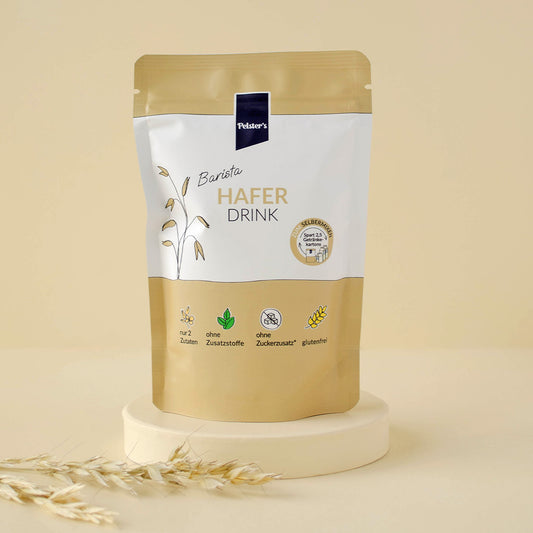

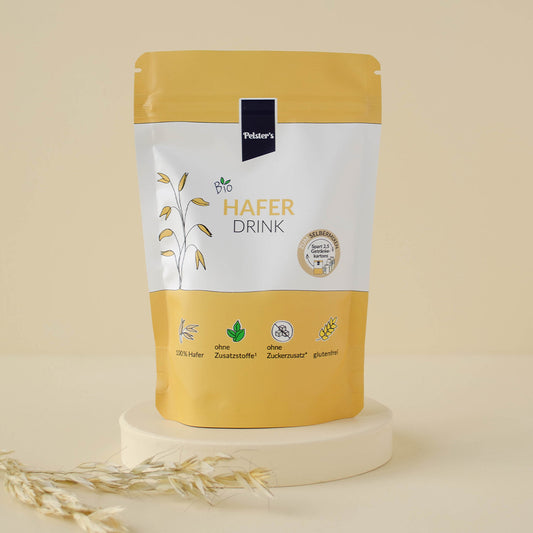



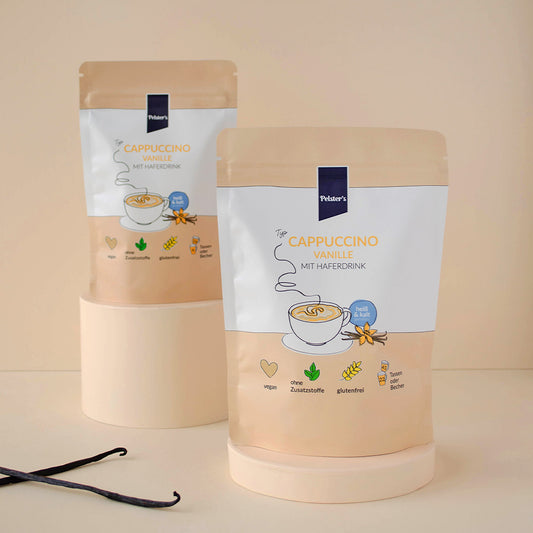



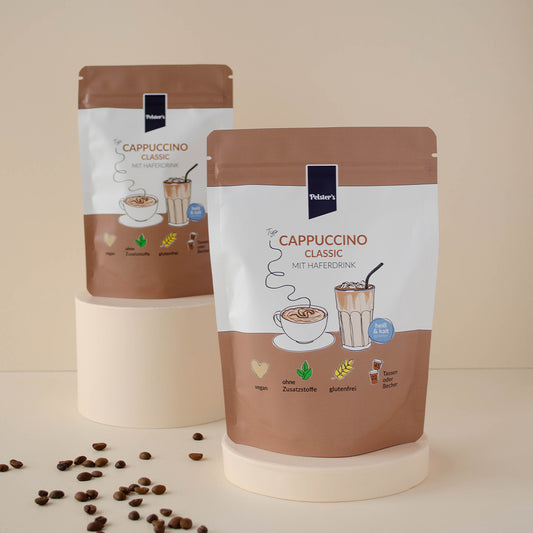
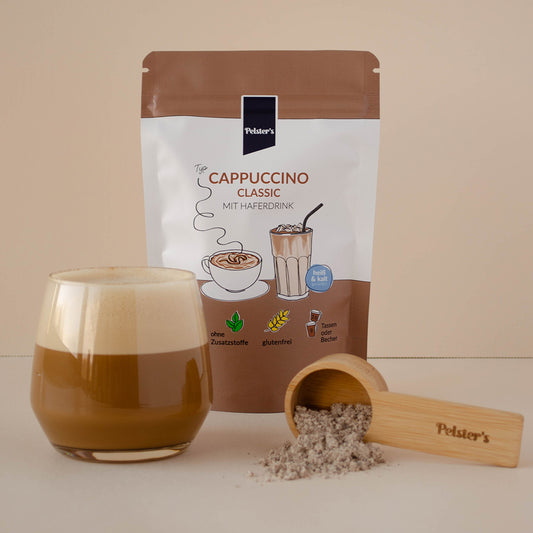
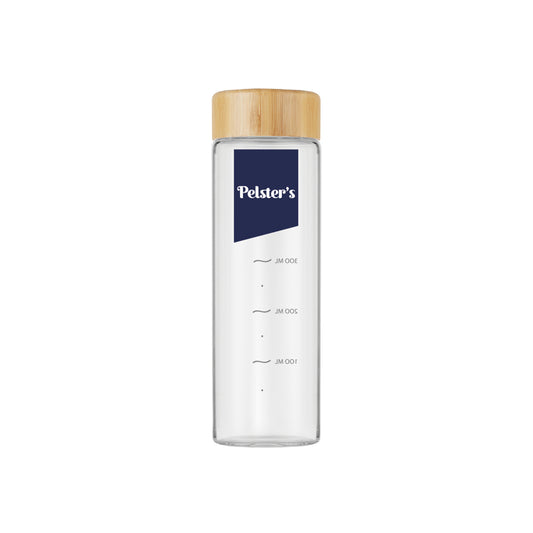
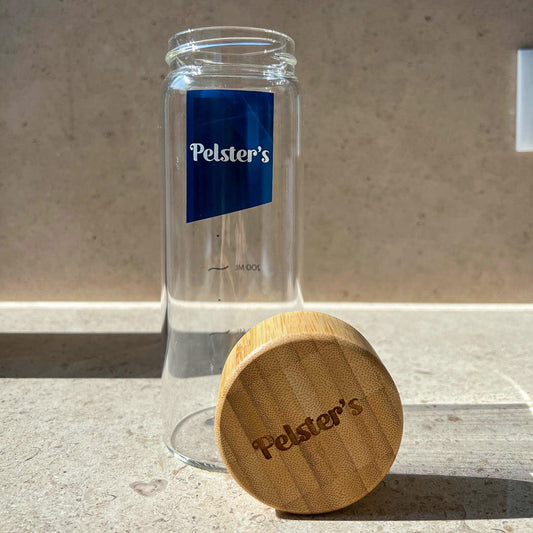

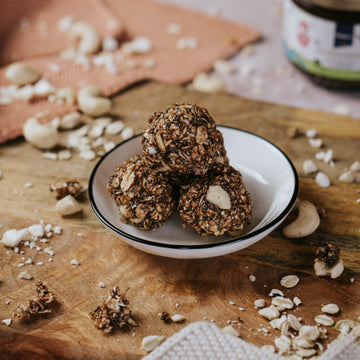



Bookmarked, so I can continuously check on new posts! If you need some details about Search Engine Optimization, you might want to take a look at Webemail24 Keep on posting!
Mit so tollen Produkten ist der Verzicht auf Industriezucker gar nicht schwer ☺️